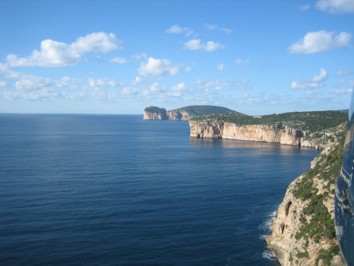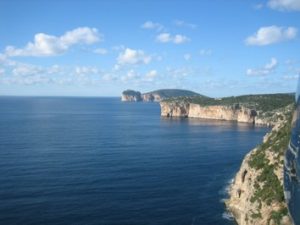The Intrinsic Vulnerability to Fishing of Coral Reef Fishes and Their Differential Recovery in Fishery Closures
By Gabi Goodrich, RJD intern
Coral reefs have long been regarded as the treasure of the sea. Not only are they aesthetically pleasing but also are used as a staple in fishing ventures. However, biodiversity is an essential part of the ecosystems health. Strong biodiversity is critical for the upkeep of many ecosystem functions such as chemical composition of the waters and atmosphere, biomass creation and regulation of flora and fauna, nutrient cycling, and overall health of the individual species in said ecosystem. When biodiversity decreases because populations do not have a chance to recover as a result of intensive fishing, the ecosystem will also suffer. A tell tale sign of overfishing is the loss of amount of fish caught over time. So what happens when causes major losses in species?
In a paper published by Rene Abesamis, Alison Green, Garry Russ, and Claro Jadloc, life history-based predictions on the vulnerability of coral fishes were compared to data collected on the fishes to determine to see if predictions agreed with the data collected and to show possible scenarios for recovery within fully protected areas and periodically harvested fishery closures. Although reef fishes as a whole are vulnerable to fishing, large carnivorous fish are predicted to be particularly vulnerable to fishing compared to the smaller fish, which place lower in the food web. Compared to empirical data, fish populations that are highly vulnerable will also have a longer recovery rate to achieve carrying capacity in fully protected areas in contrast with the less vulnerable species. The carnivorous large-bodied species are also the ones that are targeted for fishing and are a major form of bycatch. It is estimated that 80% of the biomass of large bodied fishes such as billfish, cod, and sharks was typically removed from the world’s major oceans within the first 15 years of industrial fishing (Myers and Worm, 2003). Is the only solution to cease fishing all together? The group says no; instead they suggest five steps. The first suggestion is to expand age-based demographic studies of economically and ecologically important reef fish to improve the estimates on vulnerability. This could help further protect the fish in the future. The second suggestion is for long term and/or permanent protection of no-take reserves to allow populations to recover fully and reach carrying capacity. The long-term protection would be upwards of 20 to 40 years, however, the more feasible option would be permanent protection. The third suggestion is a stringent agreement that these protected areas are no-take and if agreement is broken, it could delay the recovery of the populations. The fourth suggestion is a strict but careful timing and amount of harvesting in closures to allow for maximum long-term benefits for the fisheries. Lastly, the group suggests the use of periodically harvested closures together with, rather than instead of, permanent no-take reserves. Thus, harvesting would not cease but rather be strictly controlled. Overall, the goal would be to not only increase fisheries but also have a positive correlation with the economy.
WORK CITED:
Abesamis, Rene, Alison Green, Garry Russ, and Claro Jadloc. “The Intrinsic Vulnerability to Fishing of Coral Reef Fishes and Their Differential Recovery in Fishery Closures.” Springer Link. Reviews in Fish Biology and Fisheries, 01 Dec. 2014. Web. <http://link.springer.com/article/10.1007%2Fs11160-014-9362-x>.





Leave a Reply
Want to join the discussion?Feel free to contribute!